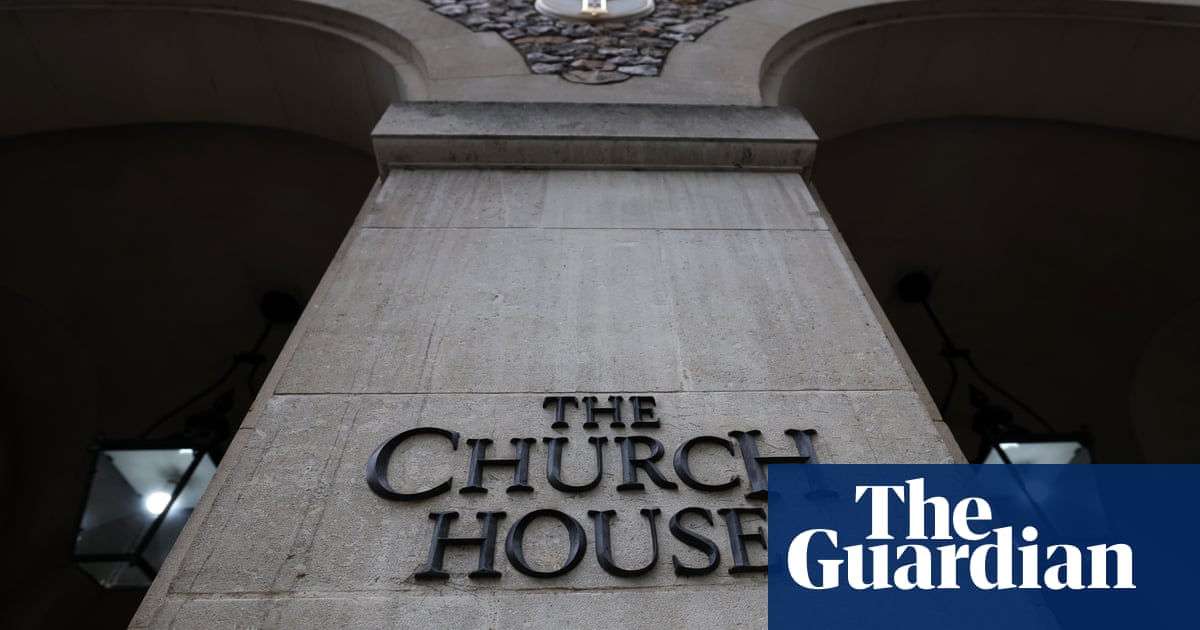I’m not sure I can remember exactly when I sensed it. Maybe it was when some of the more gimmicky London pubs introduced “stamp cards” to ration out Guinness after news of a shortage; maybe it was when I was served the 500th London Guinness rating video by my Instagram algorithm. Regardless of the precise moment the notion arrived, however, I have felt for a while that we are heading for a change when it comes to the pint du jour. For a few years now, Guinness has been the fashionable choice for millennial and gen Z drinkers, swept up in the aesthetic renaissance of the Good Old-Fashioned Bloody Pub. But I think the tide is turning. This will probably be the year that the Irish stout stops being cool.
I’m pretty sure that what will finally usher the Guinness hype train back into the station will be the same thing that came for Aperol spritzes and truffle: overexposure. The Aperol, once a genuinely trendy, vaguely Sex and the City-ish aperitivo-style drink is now a cultural behemoth in its own right – delicious, certainly, but definitely no longer “cool”. And truffle, well … would you like a side of truffle fries for that truffle mac and cheese garnished with truffle oil?
Overexposure, of course, is the death knell for cool in most cases (or at least self-conscious, trend-following “coolness”, as I mean it here). This is particularly true amid the one-upmanship of contemporary food and drink culture which, as defined by social media, is always about being the first to find the undiscovered or most novel thing – the “hidden gem”, the bakery and “pasta space” in London’s zone 6 or what have you (“Come with me to the pub in Richmond that regularly floods”). And while Guinness’s current round of popularity began because it was once viewed among younger pubgoers as a left-field choice – an “if you know, you know” order – it now couldn’t be less of a secret.
Undeniably, Guinness is everywhere. For the 2024-25 season, it shafted Budweiser to become the official beer of the Premier League, and will hold this honour for the next four years. It is the official beer of rugby’s Six Nations tournament (meaning that for the next month, it is also the official beer of people called Henry). And a few months ago, news broke that the brand will be opening a Guinness Storehouse attraction, described as a “microbrewery and culture hub”, in Covent Garden – despite the fact that London has nothing to do with Guinness or its 250-year-old heritage. Add to this the countless Hinge prompts about “splitting the G”, and the impenetrable gaggle of gilets that pretty much always surrounds Soho’s Guinness Disneyland, otherwise known as the wildly successful Devonshire pub, and you have to admit that the brand’s cool stock is sinking.
I don’t speak as a Guinness naysayer. On the contrary, I grew up with a Dublin man and former pub landlord for a grandfather, so reverence for the stout is all but in my blood. As such, Guinness is pretty much the only pint I regularly drink, and I’ll even admit that I’m One Of Those People who has long-winded opinions about their favourite Guinness in London, and who really does believe that it differs in quality depending on where you order it (it’s all in the gas, the installation and the line-cleaning).
While Guinness may be at significant risk of losing its edge among, say, people who queue outside bakeries, this hardly matters to its bottom line. It has surpassed cult status, and has in essence become too big to fail. Debra Crew, chief executive of Diageo, the drinks conglomerate that owns the brand, told press this week that demand for the stout in October and November 2024 had surpassed even the amount called for during St Patrick’s Day celebrations, noting that the clamour was “unprecedented”. Crew also stated that Diageo is spending €200m (£170m) on a new Guinness factory in Kildare to keep supplies up to the level now required.
Music to my ears, really – I’m just pleased that while years ago you could walk into a pub and reasonably expect that Guinness wouldn’t be served there, these days I can pretty much get my preferred pint anywhere. And, among all of the arguments to explain the surge in approval for the drink, it is important to acknowledge the obvious one: its smooth texture and subtly rich taste do just combine to offer something genuinely delicious, even when you get a mediocre one.
Ultimately, I’m more than happy to let the hype move on to a less obvious drink (over the past couple of weeks, I’ve been in two south-east London pubs that have recently installed the rival stout Murphy’s, owing to local demand – go figure). Because as annoying as social media Guinness chat might be, and despite the extent to which the Schooner Scorer’s camera angles haunt my nightmares (I mean it, don’t Google it), it’s like a wise man called Robbie Williams once sang: “You can’t argue with popularity. Well you could, but you’d be wrong.”
-
Lauren O’Neill is a culture writer

.png) 4 hours ago
2
4 hours ago
2













































